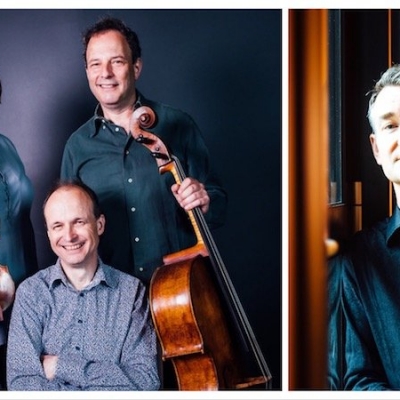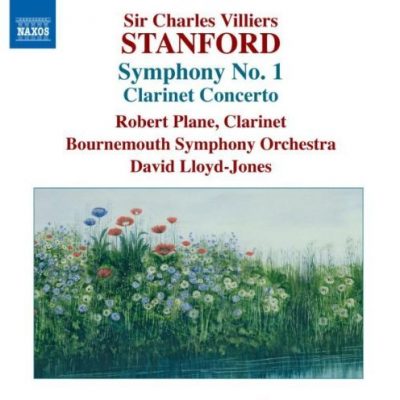Clarinet and Saxophone, Abigail Stinchon
The Lily of Killarney is an album full of stories that are sensitively recounted and honour their origins.
“The passion that brought this album together is evident in listening to each piece, all carefully curated and programmed to build an inspiring performance.”
Plane has a great admiration for British music and wants to raise awareness of it, encouraging it to be programmed more frequently. This album is a delightful continuation to the recordings that he has already contributed to and is a thoroughly enjoyable listen.
The fantasias of the operas that make up the ‘Irish Ring’ are the foundations that this album is built upon, from there Plane and Frith explore light music and character pieces for clarinet and piano duo. The album opens with Michael Balfe’s Fantasia on The Bohemian Girl (arr. Le Thière), showcasing excitement and energy which Plane handles with ease, distinctly shaping each character for the listener to enjoy. Following this with Ernest Tomlinson’s Canzonetta reinforces the album’s aim, to explore light music – and what better way to do that than highlight a composition by the Chairman of the Light Music Society?..
Plane and Frith continue their exploration and connect to fantasias with Dunhill’s Phantasy Suite, familiar clarinet repertoire that is given a fresh breath of life. This leads into Cool Running Water… a lively piece that allows Plane and Frith to showcase the enjoyment they experience when performing together. From there, Fantasia on The Lily of Killarney is a moment of respite in its lyrical and expressive moments… Maconchy’s Fantasia brings together all the highlights of fantasias which, in turn, creates a complex and exposing piece for the clarinet. Plane handles this with ease and admiration; as this fantasia was written for a former tutor, Thea King, it is a meaningful revisit to known clarinet repertoire. The album returns to light music after this with works from Thomas Pitfield, Clarence Raybould, and Howard Ferguson which continue the themes of character and story. In Pitfield’s composition Plane and Frith revel in the conversation element, and Raybould’s contribution is wistful in character, providing time for reflection… After revisiting Holbrooke with his Canzonetta the album closes with William Wallace’s Fantasia on Maritana (arr. Le Thière)…
“It is a full circle moment in which Plane and Frith celebrate and bring together all the ideas and aims of the album beautifully.”




















































